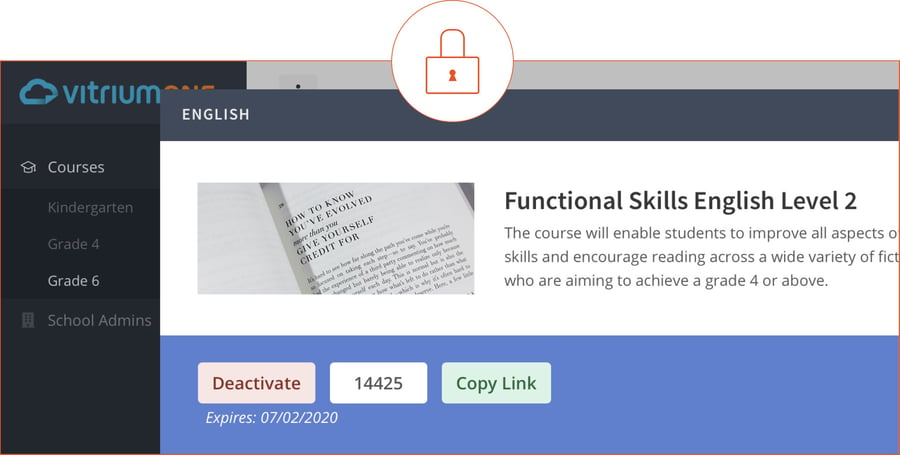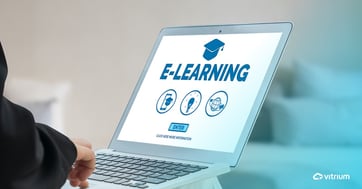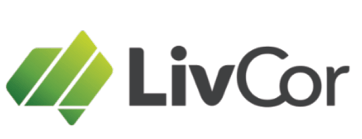Thanks in large part to the pandemic accelerating the transition into digital education, educational content providers must go digital to stay competitive.
6 Mistakes Educational Content Providers Make When Creating & Distributing Digital Content
According to GlobeNewswire, it is expected that the global online education market will grow 9.23% from 2020 to 2025 for a total market size of $319 billion by 2025. Additionally, North America is likely to “provide [the] highest revenue generation opportunities,” with academic institutions holding “significant market share” in digital education.
Simply put, eLearning is big business and it’s only going to get bigger. In early 2020, schools all around the world were encouraged to expand their digital education capabilities. Then, as COVID-19 turned into a global pandemic, this further intensified the need for schools and educators to require more robust online education platforms and, as a result, online learning became a top priority for many content providers.
Transitioning to eLearning is the trend, and it is not showing signs of slowing down any time soon. Having said that, you want to make this shift as smooth as possible and make sure to avoid common, yet important, mistakes when building your online curriculum. For that purpose, we have outlined the ones we have seen most frequently in the K-12 (or primary/secondary) school markets below:
Mistake #1 - Failing to Research and Understand Specific Curriculum Needs for Each State or Province
Though one might think so, there is not a standardized curriculum for the entire United States or Canada, or for the United Kingdom, or other European countries for that matter. In the US, for example, specific grade level requirements vary from state to state, consequently, educational materials for the same grade level are different in each region. It is important, then, to thoroughly research grade level requirements for each state before developing content
This is especially important to consider if, for example, you're trying to sell your content as a "3rd Grade Math Package" or "6th Grade Reading Lesson." Since there is no uniformity as to what “3rd Grade Math” is, it is better to change the titles of your bundles to reflect what is in the content package rather than assigning a specific grade level to them.

Mistake #2 - Not Thinking About The Structure of Your Digital Curriculum
It is critical to carefully structure your educational materials. Thoroughly consider which content should make up a lesson, what lessons will formulate a module, and how many modules will make up an entire course. For example, it may not be necessary for you to include entire modules or courses in your digital curriculum if it is straightforward, or if the lessons are only required for a one-time use or are a subset of an overall curriculum. You will also want to avoid adding bonus content or fluff material just to make the package bigger. Instead, develop course materials with your end-user (the teachers or students) in mind and think about what they really need.
Mistake #3 - Only Including One Type of Content
It is proven that students have a better learning experience when they are presented with diverse types of content. New or abstract concepts are more easily retained when different kinds of channels are used. This is especially true in the digital age, where students and teachers alike enjoy content that is varied and interactive. Consider mixing different formats for presenting your content in interesting ways. A mix of PDF-based content such as eBooks, worksheets, and video and audio files can make your content package stand out and be favored by users. Decide on a combination of content types that appeal to both auditory and visual learners for better engagement and enhanced success rates.

Mistake #4 - Not Protecting Your Content with DRM Controls
Protecting your material should be one of your top priorities as a content provider. You need to make sure that teachers and students in a particular school or district are not able to share your content with another school or district who has not paid for the right to access it.
With digital rights management (DRM) controls in place, you can ensure you maintain full control over your licensing and, more importantly, full authority of your valuable intellectual property (IP). With DRM, you control who can access your content, for how long, and on how many devices. You can also determine whether or not the material can be printed.
Mistake #5 - Neglecting to Explain How to Access the Content
It is important to include instructions on how to access your content so that your customers can easily make use of it. This is even more important if you plan to sell your content to a school district that will disseminate through the hierarchy of the school system, from the district to the hundreds (or thousands) of schools, to the teachers, and all the way down to the students. You should make accessing your digital curriculum as easy as possible and provide clear instructions for every type of user involved while ensuring you still protect your licensing and IP.
Mistake # 6 - Not Using a Content Distribution System
As a content provider that sells to the primary/secondary (K-12) school market, it may not always make sense to use a learning management system (LMS). They’re often large, elaborate systems that have too many features for what you may be trying to achieve: licensing and distributing your content to schools, districts or teachers. A content distribution system (CDS) like VitriumOne may be the perfect fit for your needs.
VitriumOne is a solution powered by Vitrium’s encryption and DRM technology and delivered by its digital enablement partner, Blue Flamingo. It’s a content distribution system that will allow you to easily distribute your content while ensuring you maintain ironclad protection and control over your intellectual property (IP) and revenue streams. After all, you’ve likely spent countless hours researching, preparing, writing, creating, designing, producing and packaging your content for digital delivery. VitriumOne ensures this content is protected and stored in a digital vault that can be easily accessed by the authorized users who purchased the content.
Built specifically for the education market, VitriumOne incorporates the notion of lessons, modules, and courses while solving the challenges presented in distributing content through the hierarchy of a K-12 (primary/secondary) school system.
When you sell or license your content to a school district or school, you have the ability to add school admins who will add teachers, who then will proceed to enable certain content for their students to access. All with a simple access code method. If the school district uses a centralized system such as Clever to manage all school-related IDs, then it works even smoother with single sign-on (SSO) access.
Learn more about how VitriumOne can help you protect and distribute your eLearning content by requesting a demo today!





